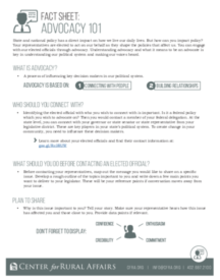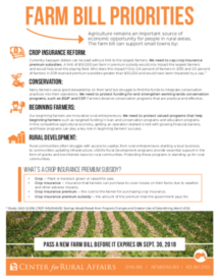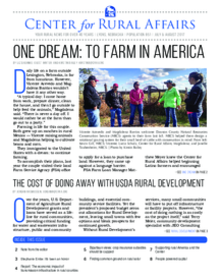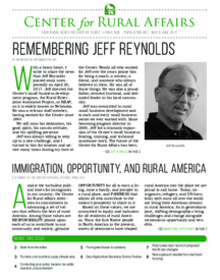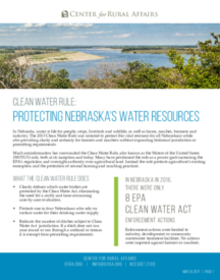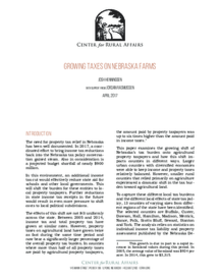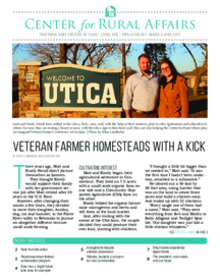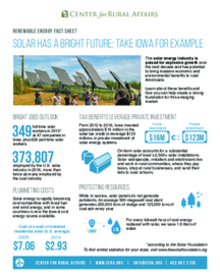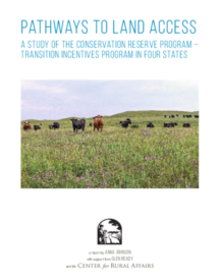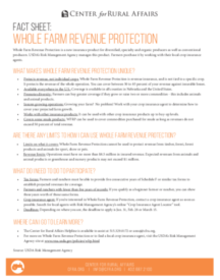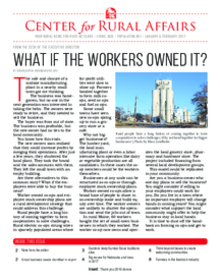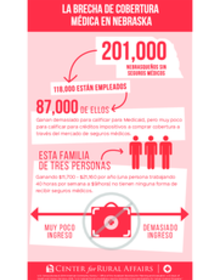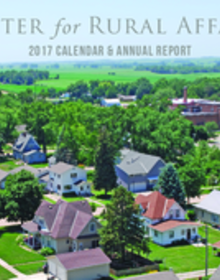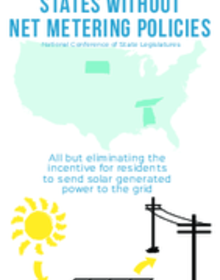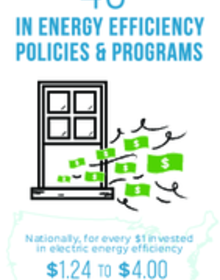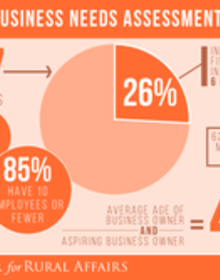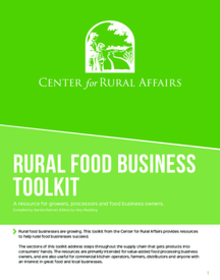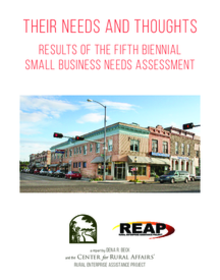We aren't afraid of the weeds. The people living in rural America deserve a serious and in-depth look at the issues and forces impacting their communities.
State and national policy has a direct impact on how we live our daily lives. But how can you impact policy? Your representatives are elected to act on our behalf as they shape the policies that affect us. You can engage with our elected officials through advocacy. Understanding advocacy and what it...
- Farm and Food
- Lending
- Small Towns
Agriculture remains an important source of economic opportunity for people in rural areas. Learn more about our farm bill priorities. We believe the farm bill can support small towns through crop insurance reform, conservation, beginning farmers, and rural development. Pass a new farm bill before...
- Farm and Food
Note from the Editor This edition of our newsletter focuses on our value of widespread OWNERSHIP of small businesses, farms, and ranches by the people who work them. In our executive director’s essay, he outlines our agenda to combat capital control by spreading small business ownership in rural...
- Small Towns
You can participate in the future of rural America and affect change. Together we can commit to equality and inclusion for all newcomers to our rural communities. We can urge our lawmakers to support conservation, beginning farmer and rancher programs, small businesses, and Medicaid expansion.
- Small Towns
Center for Rural Affairs launched the Greenhouse to Cafeteria program in 2015 after finding that many schools in Nebraska had greenhouses, but only used those greenhouses for starting perennials or growing holiday plants. Some were even empty - a missed opportunity for Nebraska’s kids. The program...
- Small Towns
In Nebraska, water is life for people, crops, livestock and wildlife, as well as farms, ranches, business and industry. The 2015 Clean Water Rule was instated to protect this vital resource for all Nebraskans while also providing clarity and certainty for farmers and ranchers without expanding...
- Policy
The need for property tax relief in Nebraska has been well documented. In 2017, a coordinated effort to bring income tax reductions back into the Nebraska tax policy conversation gained steam. Also in consideration is a projected budget shortfall of nearly $900 million. In this environment, an...
- Farm and Food
- Small Towns
Recently, we hosted “Vang: A Drama about Recent Immigrant Farmers,” a story of eight immigrants coming to the U.S. to find solace and a livelihood in farming.
- Small Towns
The solar energy industry is poised for explosive growth over the next decade and has potential to bring massive economic and environmental benefits to rural Americans. Learn about these benefits and how you can help create a strong foundation for this emerging market.
- Policy
“Pathways to Land Access,” a report by Anna Johnson with support from Glen Ready, is a study of the Conservation Reserve Program - Transition Incentives Program (CRP-TIP), a program administered by the United States Department of Agriculture, Farm Service Agency (USDA-FSA). In “Pathways to Land...
- Farm and Food
Whole Farm Revenue Protection is a new insurance product for diversified, specialty and organic producers as well as conventional producers. U.S. Department of Agriculture’s Risk Management Agency manages this product. Farmers purchase it by working with their local crop insurance agents. What makes...
- Farm and Food
In December, I had the opportunity to visit some of you on a two-day road trip. One of my fellow staff members appropriately named the trip “Rhea on the Road.”
- Small Towns
Más que 2.6 millones de estadounidenses no pueden acceder seguro médico porque están en la brecha de cobertura médica - Ganan demasiado para calificar para Medicaid, pero muy poco para calificar para créditos impositivos que rebajan el precio de seguro médico. 19 estados, principalmente estados...
- Policy
Our 2016 annual report is a 2017 wall calendar. This calendar illustrates month-by-month the accomplishments you helped us achieve in the last year. With your help, new immigrants have a stronger sense of home in their new communities, more businesses are open in our small towns, and rural people...
- Small Towns
South Dakota once carried the official moniker of “the Sunshine State,” and is one of only three states without net metering policies. For the Midwest state, where 73 percent of net electricity generation comes from hydropower and wind, solar energy remains a renewables omission. But this exclusion...
- Policy
Many homes are lit like runways this time of year. However, the cost of running those twinkling lights, LEDs of course, pales in comparison to the dollars in heating costs that escape through drafty windows or a furnace in need of a tune-up. Improving energy efficiency in your home can have a...
- Policy
The data of the fifth biennial assessment of rural small business trends, needs and concerns in Nebraska has been gathered and analyzed. The results are included in a report by Dena Beck, Center for Rural Affairs. Marketing assistance and startup capital were top concerns for respondents, as in past...
- Lending
A resource for growers, processors and food business owners. Rural food businesses are growing. This toolkit from the Center for Rural Affairs provides resources to help rural food businesses succeed. The sections of this toolkit address steps throughout the supply chain that get products into...
- Farm and Food
- Lending
The data of the fifth biennial assessment of rural small business trends, needs and concerns in Nebraska has been gathered and analyzed. The results are included in "Their Needs and Thoughts: Results of the Fifth Biennial Small Business Needs Assessment." Marketing assistance and startup capital...
- Lending
Throughout this edition, you will see this value in action: in Aida Olivas who selflessly gives to provide a future for fellow new Americans; in our stand against mega-mergers in the agricultural input market; in our efforts to improve the health care system and achieve balanced tax reform; and in the almost $2 million we’ve loaned to small businesses in the last year.
- Small Towns


